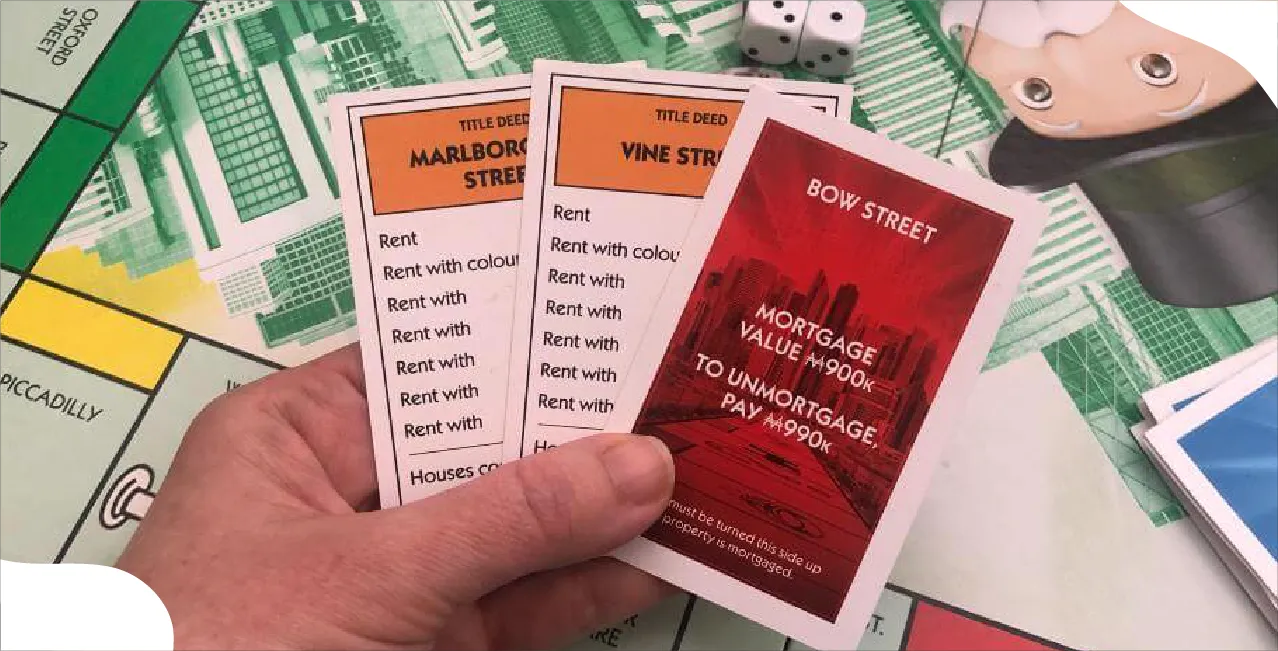
Author
LoansJagat Team
Read Time
6 Min
28 Jul 2025
What is Monopoly? Definition, Features & Real-World Examples
In economics, a monopoly is when one firm controls the entire supply of a product.
This control lets the firm set prices and reduce choices, unlike in competitive market conditions.
Let’s understand it with the help of an example:
Imagine living in a small town where only one company, PureWater Ltd., supplies drinking water. Sounds okay at first, right? But here’s the twist:
- It costs ₹2,000 to supply 1,000 litres of water.
- In a competitive market, the price would be ₹2/litre, so you’d pay ₹2,000.
- But since PureWater has no competition, it charges ₹5/litre — that’s ₹5,000 total!
- You end up paying ₹3,000 extra for the same water.
Isn’t it wild how one company’s control can change everything?
That’s the power of a monopoly: it controls supply, sets prices, and limits your choices. In this blog, we’ll explore what a monopoly is, its types, features, and how it can help or harm everyday consumers like you.
This blog will help you understand what monipoly is, its benefits and characteristics.
What is Monopoly?
A monopoly is when one company controls the entire market for a product or service. It faces no competition, sets its prices, and limits consumer choice and market freedom.
Let’s understand it with the help of an example:
Let’s say there is only one company in a town that provides drinking water, let’s call it PureWater Ltd.
- PureWater Ltd. is the only supplier, so people have no other choice.
- The cost to supply 1,000 litres of water is ₹2,000.
- In a competitive market, the price might be ₹2 per litre.
- But since there’s no competition, PureWater charges ₹5 per litre.
What Happens?
- People are paying ₹5,000 (₹5 x 1,000 litres) instead of ₹2,000.
- That’s ₹3,000 more just because PureWater has a monopoly.
A monopoly can increase prices and limit choices since there’s no pressure to improve or compete.
What Are The Key Characteristics of a Monopoly?
To make it easier to understand what a monopoly looks like, here’s a simple table that explains its main features with easy examples using a made-up company called PureWater Ltd.
Monopolies can raise prices, limit supply, and block competition, all while maximising their profits, something impossible in open, competitive markets.
Types of Monopoly:
1. Natural Monopoly
One company can give the product more cheaply than many companies. It happens when building things (like pipes or wires) is very costly.
Let’s understand it with the help of an example:
Let’s say building water pipes in a city costs ₹100 crore.
If one company does it, the total cost is ₹100 crore.
If two companies build separate pipes, the cost then the cost will be ₹200 crore.
That means water becomes more expensive.
So, it’s better if only one company supplies water; this is a natural monopoly.
2. Legal Monopoly
The government gives one company the right to sell a product. This happens with things like patents, trademarks, and copyrights.
Let’s understand it with the help of an example:
A company makes a new medicine and gets a patent (A patent is a legal right granted to an inventor by a government, giving them the exclusive right to make, use, and sell their invention) for 20 years.
Now, no other company can sell that medicine during this time.
So the company can set the price and be the only seller.
This is called a legal monopoly.
3. Technological Monopoly
A company has special technology that no one else has. Others can’t copy it easily, so it becomes the only choice.
Let’s understand it with the help of an example:
A company makes a super smart phone with a feature no other phone has.
It costs them ₹15,000 to make, but they sell it for ₹50,000.
Since no one else can make it, people have only one choice.
That company has a technological monopoly.
4. Government Monopoly
The government itself sells a product or service. No other company is allowed to do it.
Let’s understand it with the help of an example:
Only India Post can deliver government letters across the country.
You can’t use any private courier for this.
So everyone has to use India Post.
This is a government monopoly.
5. Geographic Monopoly
A company is the only one in an area selling something. It happens when no one else can reach that place easily.
Let’s understand it with the help of an example:
In a mountain village, only one shop sells groceries.
Opening a new shop there is too expensive.
So, people must buy from that one shop.
This is a geographic monopoly.
Advantages Of Monopoly:
While monopolies are often criticised for limiting competition, they can also offer certain advantages that benefit both producers and consumers in specific scenarios.
Although these benefits can be significant, they largely depend on how responsibly and efficiently the monopoly operates within its market.
Disadvantages Of Monopoly:
Despite some benefits, monopolies often come with serious drawbacks that can harm consumers, reduce market efficiency, and discourage innovation.
These disadvantages highlight why monopolies are usually regulated, as unchecked market power can lead to unfair practices and reduced overall welfare.
Conclusion:
A monopoly means only one company sells a product or service. This can be good, like lower costs or stable prices, but it can also be bad. Without competition, the company might charge more, give fewer choices, or offer poor quality. Some monopolies are okay, but they need rules. So if something feels overpriced, think, could this be a monopoly?
FAQs:
Q1: What is a monopoly in business?
A monopoly is when one company controls the entire supply of a product or service, limiting competition and consumer choice.
Q2: Is Google a monopoly?
Yes, a U.S. court ruled that Google holds an illegal monopoly in the internet search market.
Q3: What are 5 examples of pure monopoly?
Gas, electricity, water, cable TV, and local telephone services are common examples of pure monopolies.
Other Informative Pages | ||
About the Author

LoansJagat Team
‘Simplify Finance for Everyone.’ This is the common goal of our team, as we try to explain any topic with relatable examples. From personal to business finance, managing EMIs to becoming debt-free, we do extensive research on each and every parameter, so you don’t have to. Scroll up and have a look at what 15+ years of experience in the BFSI sector looks like.

Quick Apply Loan
Subscribe Now
Related Blog Post


